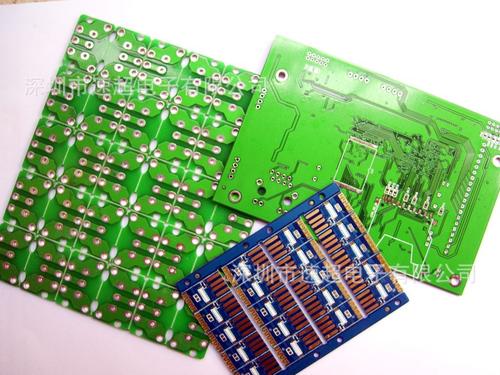 +86 755 2794 4155
+86 755 2794 4155  sales@knownpcb.com
sales@knownpcb.com
-
Shenzhen KNOWNPCB Technology Co., Ltd.
 +86 755 2794 4155
+86 755 2794 4155  sales@knownpcb.com
sales@knownpcb.com
 2024-01-12
2024-01-12
 195
195

Generally, the thickness of copper foil (covered with copper) for single and double-sided PCB boards is about 35um (1.4mil), while another specification is 50um and 70um. The thickness of the surface layer of the multi-layer board is generally 35um=1oz (1.4mil), and the inner layer is 17.5um (0.7mil). 70% of circuit boards are used to achieve a copper foil thickness of 35um, which mainly depends on the use of the PCB and the size of the signal voltage and current; In addition, for PCBs that require excessive current, some may use 70um copper thickness, 105um copper thickness, and very rarely 140um copper thickness, etc.
The thickness of copper foil is usually expressed in oz (ounces), which refers to the thickness of copper uniformly covered by 1oz of copper on an area of 1 square foot, which is approximately 1.4 mils. It is expressed in terms of weight per unit area to indicate the uniform thickness of copper foil. Use a formula to indicate that 1oz=28.35g/FT2 (FT2 is square feet, 1 square foot=0.09290304 square meters).
The thickness of the copper sheet varies depending on its usage. Ordinary 0.5oz, 1oz, and 2oz are commonly used in consumer and communication products. 3oz or above belongs to thick copper products, mostly used for high current, such as high-voltage products and power boards!
The thickness of the PCB sample manufacturer's copper sheet (wire width) can affect the current magnitude. Although there are formulas that can directly calculate the maximum current load capacity of the copper foil, in practical circuit planning, it is not just that simple. Therefore, safety should be fully considered in planning.

Or call +86 755 2794 4155
Inquiry Now

